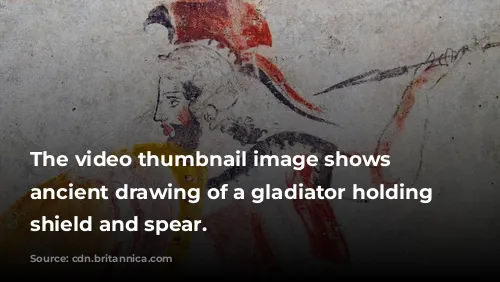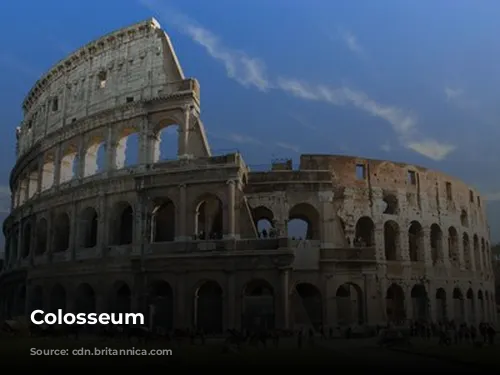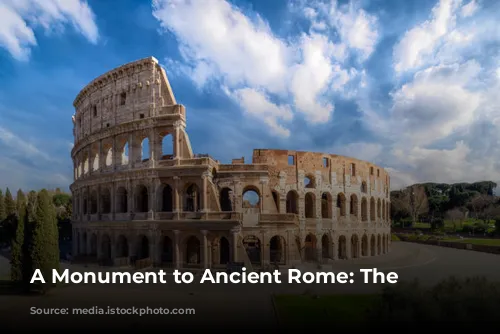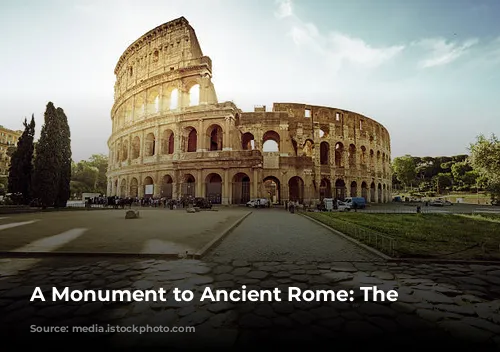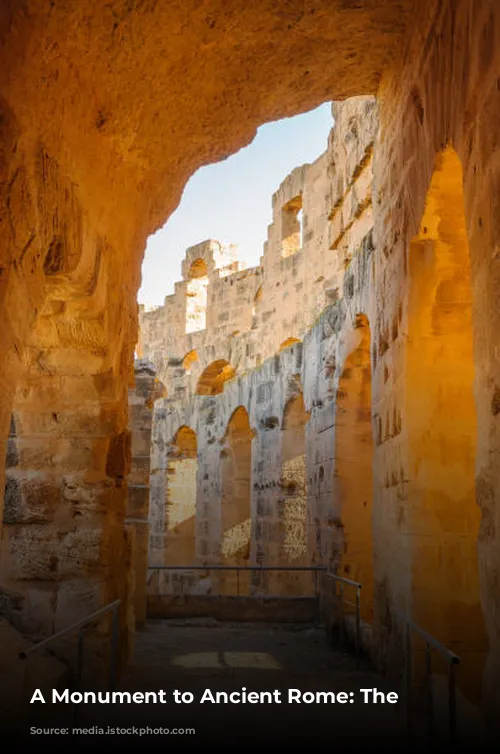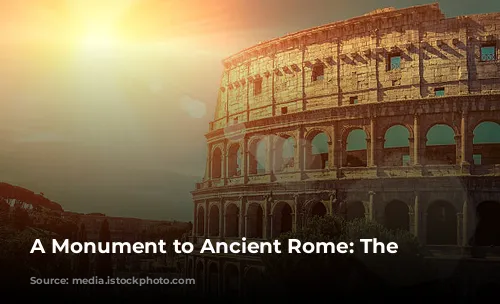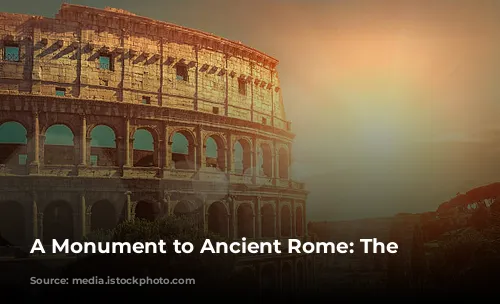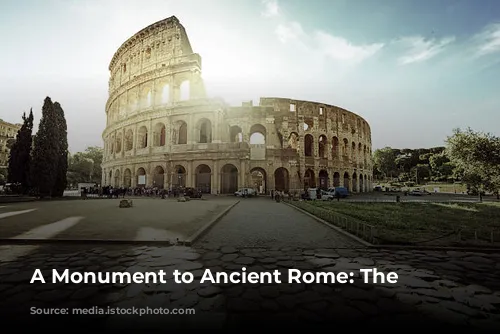The Colosseum stands as a testament to the architectural genius of Ancient Rome. It is one of the few mostly intact structures from that time period, making it a beacon of history and an important source of tourism revenue for Italy. In 2018, the Colosseum, Roman Forum, and Palatine Hill generated over $63.3 million (€53.8 million), making it the highest-grossing tourist attraction in Italy. This colossal structure continues to enthrall visitors with its grandeur and intricate design, drawing millions of tourists each year.
This iconic landmark has witnessed centuries of change. After the fall of the Western Roman Empire, the Colosseum fell into serious disrepair. The Frangipane and Annibaldi families repurposed the arena as their fortress in the 12th century. Sadly, in the late 15th century, Pope Alexander VI allowed the Colosseum to be used as a quarry, stripping it of valuable materials. This period of neglect lasted for over a thousand years until state-funded restoration efforts began in the 1990s.
A Monument to Entertainment
The Colosseum was built as part of an imperial effort to reinvigorate Rome after the chaotic year of the “Four Emperors” in 69 CE. Like other amphitheatres, Emperor Vespasian envisioned the Colosseum as a grand entertainment venue. It was to host spectacular events like gladiator fights, animal hunts, and even mock naval battles. This ambitious project aimed to provide a thrilling experience for the Roman population, showcasing the empire’s power and magnificence.
A Monument to Imperial Power
The construction of the Colosseum began under Emperor Vespasian between 70 and 72 CE. His son and successor, Titus, dedicated the completed structure in 80 CE. Emperor Domitian later added the fourth story in 82 CE. It is crucial to note that the arena was financed with spoils from Titus’s conquest of Jerusalem in 70 CE, built using enslaved Jews from Judaea. This connection highlights the controversial aspect of the Colosseum’s history, reminding us of the complex realities of the Roman Empire.
A Monument to Architecture
The Colosseum is a magnificent amphitheatre built in Rome during the reign of the Flavian emperors, also known as the Flavian Amphitheatre. This elliptical structure, built with stone, concrete, and tuff, rises four stories high. Its imposing dimensions are staggering: 620 by 513 feet (189 by 156 meters), capable of accommodating up to 50,000 spectators. The Colosseum, famously used for gladiatorial combat, represents a peak of Roman architectural and engineering skill.
A Monument to Urban Planning
The Colosseum was strategically built just east of the Palatine Hill, where Nero’s Golden House once stood. The artificial lake, a centerpiece of Nero’s palace, was drained to make way for the Colosseum. This location was chosen for both practical and symbolic reasons. By replacing Nero’s private lake with a public amphitheatre, Vespasian, a ruler with humble beginnings, aimed to symbolize his reign as one for the people, contrasting with Nero’s tyranny.
A Monument to Roman Life
The Colosseum was officially dedicated in 80 CE by Titus with a grand ceremony that included 100 days of games. It is unlike earlier amphitheatres, which were often built into hillsides for support. The Colosseum stands freestanding, a testament to Roman engineering prowess, using a complex system of barrel vaults and groin vaults. It is encircled by arcades with engaged columns in the Doric, Ionic, and Corinthian orders, establishing the assemblage of orders that would later influence Renaissance architecture. The Colosseum’s structure utilizes travertine for the main frame and facade, volcanic tufa for the secondary walls, and concrete for the inner bowl and arcade vaults.
A Monument to Spectacle
The amphitheatre could hold 50,000 spectators sheltered from the sun by a massive retractable velarium (awning). Masts extended from corbels built into the Colosseum’s top story, and Roman sailors would manipulate the rigging to extend and retract the velarium. The Colosseum was the scene of thousands of gladiatorial combats, animal hunts, and mock naval battles. It was the stage for spectacle and entertainment, showcasing the power and brutality of the Roman world.
A Monument in Peril
In medieval times, the Colosseum was repurposed as a church and then as a fortress by the Frangipane and Annibaldi families. The structure suffered damage from lightning, earthquakes, vandalism, and pollution, with marble seats and decorative materials plundered. It remained in a state of neglect for over a thousand years, used as a quarry.
A Monument to Perseverance
However, in the 19th century, the preservation of the Colosseum began in earnest, led by Pius VIII. In the 1990s, a major restoration project was undertaken. The Colosseum remains one of Rome’s most prominent tourist attractions, drawing nearly seven million visitors annually. Changing exhibitions about the culture of Ancient Rome are held regularly, keeping this magnificent monument alive for future generations.
The Colosseum, a testament to the strength and resilience of Ancient Rome, continues to be a symbol of history and culture. It reminds us of the power and spectacle of the Roman world, its architectural brilliance, and the importance of preserving our past for future generations.

